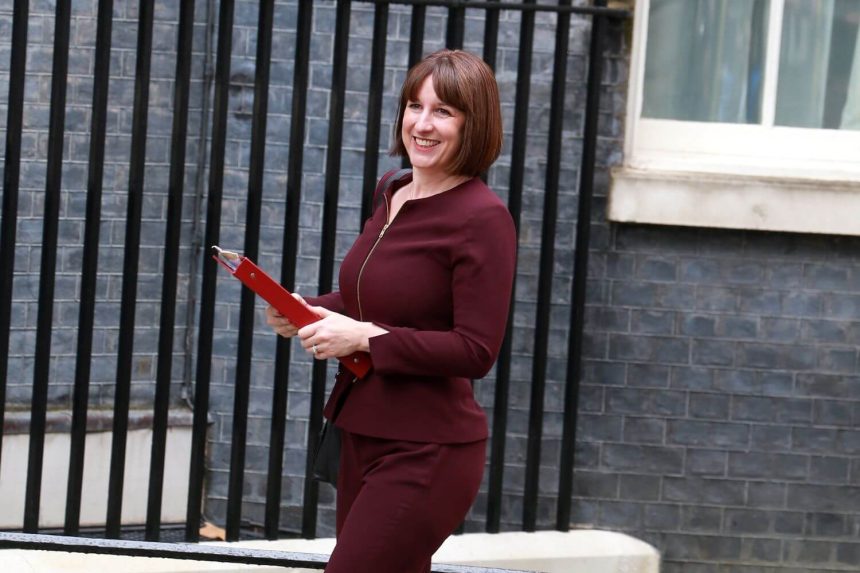The recent Spending Review gave the bus sector cause for optimism but also reason to keep fighting our corner, says Graham Vidler, Confederation of Passenger Transport CEO
A new era of national renewal for Britain. That was the heady claim from the Chancellor for her long-awaited Spending Review in June. But what did it really mean for those of us who care about local transport and bus in particular?
As ever, the spin from Downing Street was that everybody’s a winner from the Treasury’s four-year spending overview, which doled out £600 billion per year to government departments over the next four years.
There was more money for defence, healthcare, schools, devolved nations and infrastructure. And I’m pleased to say that transport didn’t do too badly, although the picture was a little more nuanced than it was for the NHS and the military.
The headline-grabber for buses was an extension of the £3 fare cap to March 2027.
The cap isn’t our industry’s top priority, and we are mindful that most passengers already pay less than £3 per journey – so it isn’t the most targeted way to support bus services.
This is good news – but it is down to us to fight for as much of it as possible to be spent on bus infrastructure
Nevertheless, we need to recognise that the £2 cap contributed to a 15% increase in passenger journeys in England last year.
And low headline fares are an important part of the mix to enhance the appeal of buses as a mode of travel.
So I’m sure bus operators will work closely with the Department for Transport to make sure this latest extension works well.
Aside from the cap, the Chancellor committed £750 million a year in revenue funding for bus in the Spending Review. That’s positive, providing a degree of medium-term certainty.
There was £15 billion of capital for rail, tram and bus networks in cities in the West Midlands and the North – money that had been announced by the previous government.
And £2.3 billion for local transport improvements outside the key city regions – delivering a four-fold increase in funding for 2029/30 compared to 2026/27.
Spending Review gives rise to more campaigning for bus sector
This is good news – but it is down to us to fight for as much of it as possible to be spent on bus infrastructure including dedicated lanes, priority schemes and other measures to address congestion.
We can quantify the benefits – an investment of £200 million a year in bus priority can generate as much as £1 billion in economic benefits by speeding up journeys, improving productivity and creating a positive cycle of investment.
But it is an argument that needs to be articulated clearly in an era in which populists rage against a “war on motorists”.
There are opportunities for local authorities to invest in better facilities for coaches – which, as KPMG calculated last year, deliver visitors spending £8.3 billion in towns, cities and tourist destinations annually.
Hull, for example, has recognised the importance of coaches and is set to spend £200,000 on improved pick-up and drop-off facilities, together with enhanced coach parking.
Also announced was a £2 billion settlement for Transport for London, where the bad old days of endless games of financial brinkmanship with the Treasury are over. So all in all, there were some encouraging takeaways for transport.
Still, we need to be ambitious. In the months running up to the Spending Review, the Confederation of Passenger Transport was making the case for growth.
The revenue funding provided by the Treasury looks sufficient to protect the existing bus network outside the capital – at best.
A further £205 million a year, or £500,000 a day, would have expanded services by 5%, delivering a further 36 million miles of bus travel every year, but the cheque book didn’t stretch that far.
We will also need to keep an eye on how the spending settlement shakes out for zero-emission buses, to avoid progress slowing on decarbonisation.
It will be down to local authorities and city regions to determine how much capital they direct towards electric and hydrogen fuel cell vehicles.
The Spending Review offered us a degree of comfort that our arguments on the value of buses are reaching receptive ears.
But we still need to fight for the best outturn possible at a national, regional and local level – for operators, our workforce and our customers.


























